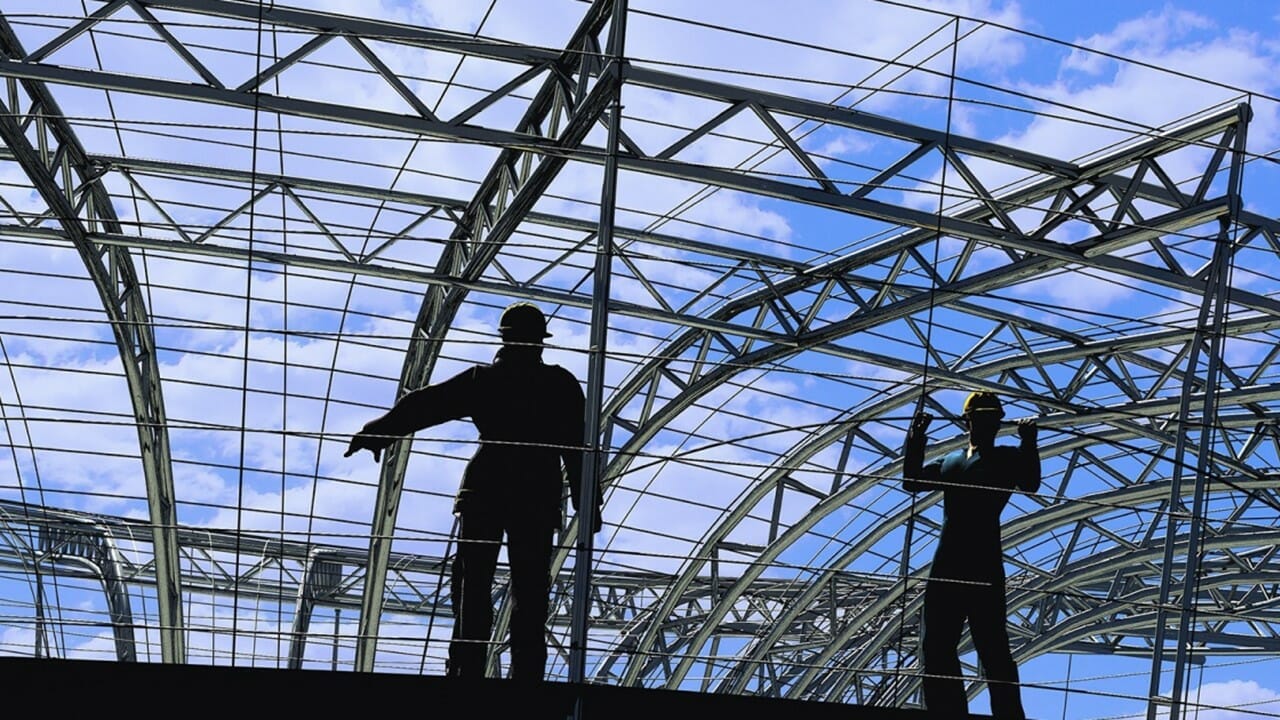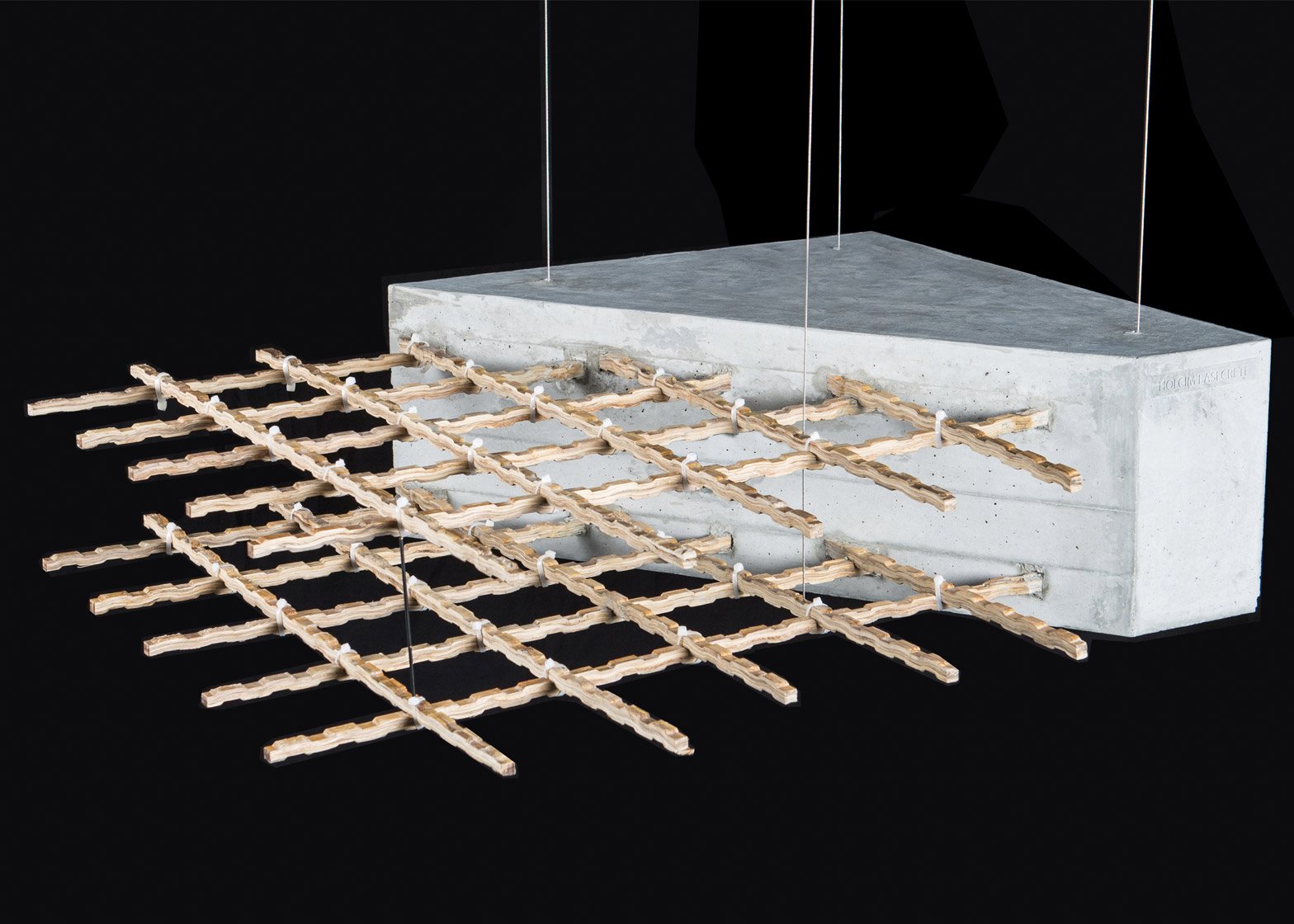The world relies on steel, with the construction industry accounting for over half of the planet’s total steel use. Due to its strength, steel is commonly used to help build everything from houses to skyscrapers.
Steel is also central to the building of infrastructure. From bridges, tunnels, and train tracks to the underground pipelines that distribute water and gas, our society would not be as functional without steel.
There are countless other benefits to steel construction, but there are also numerous things to be cautious of. We’ve put together a little guide to the pros and cons you need to know before you start building.

The Pros
One of the big benefits of building with steel is that it is endlessly recyclable. It’s estimated that at least 25% of the steel used in construction contains recycled steel.
But the use of recycled materials isn’t the only benefit steel has for the environment. 28% of global CO2 emissions are from building operations, which has led steelmakers to provide energy-efficient solutions.
Steel has been used to construct several zero-energy buildings worldwide, ensuring strength and durability throughout its life cycle. Once again, the material used to construct these buildings is 100% recyclable.
Recent studies suggest that a significant portion of steel used in America isn’t being recycled. If this changes, steel will continue to be the most energy-efficient material used in construction.
Another reason that steel is in such high demand is that it has more strength and durability than any other material used in construction. In buildings, 25% of the total steel use is from creating the structural sections, giving the building a strong and sturdy frame.
From there, steel is used in reinforcing bars, which add tensile strength, and in sheet products such as roofing, ceilings, and internal walls. Steel binds well to concrete, making it a strong structure for any building project.
Steel studs come in various sizes, meaning the material is ideally suited to bear specific loads. A customizable steel structure ensures it can be used in a wide array of building projects, from small-scale residential constructions to the largest skyscrapers.
No matter the size of the building, steel ensures safety in several ways. For starters, the material offers fire resistance through special flame-retardant coatings.
A steel frame construction can drastically halt the spread of a fire if one occurs, meaning properties built with steel are the safest to live in. Fires aren’t the only thing resistant to steel structures, either.
Structural steel is pest—and insect-resistant and cannot be degraded by burrowing insects and mammals. This is an issue with wooden frameworks.
Finally, steel structures are resistant to damage from moisture and other weather. Structural steel has moisture resistant properties, and advancements can be made to further increase protection.
The use of hot zinc coating and extra powder treatments for rust resistance can help further decrease the effects of water to the structure.
The Cons
Steel also has several disadvantages that need to be considered. Firstly, there’s the thermal conductivity.
The insulation value of walls can be drastically reduced when heat is transferred away via steel studs, which is not good for energy retention. To halt this, insulation measures need to be put in place.
Steel also offers reduced flexibility. It can be customized, but the measurements need to be thoroughly calculated in advance, to be delivered to the site in its final form.
So, while this is a big benefit to using steel, it can also be a hindrance. If you don’t get the measurements right, a building project can be delayed waiting for replacements.
In general, steel construction also takes longer due to the necessity of various supporting structures. Drywall, heating, insulation, and other wooden components are needed to aid construction, which simultaneously ensures that few adjustments can be made on site.
Then there are the high maintenance costs. Prior to construction, you need to take note of various external factors that could increase the final cost.
Steel construction ensures safety and durability and offers a plethora of additional environmentally friendly benefits. While there are downsides, the positives far outweigh the negatives.
















